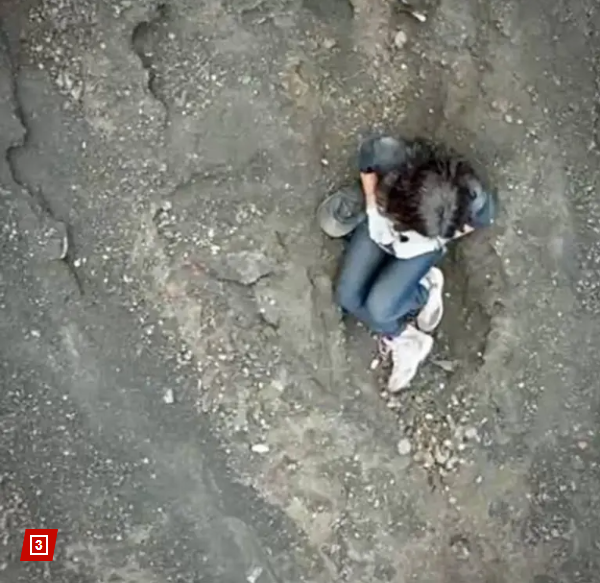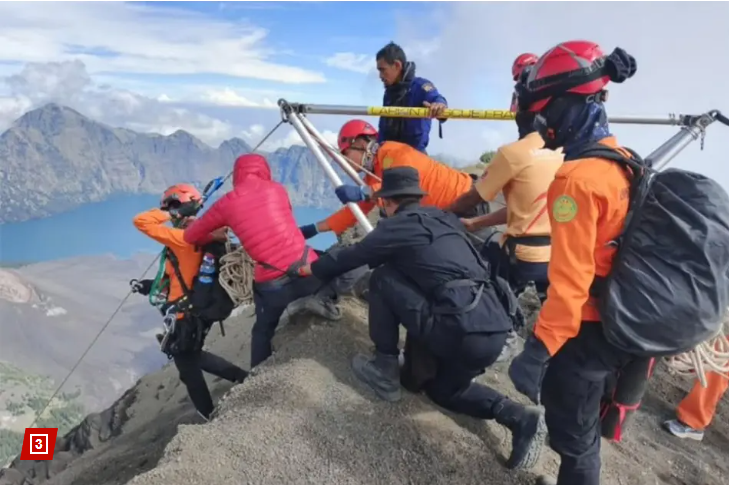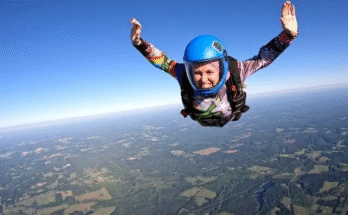
A tragic end has unfolded in Indonesia’s popular Mount Merapi volcano region, where a Brazilian hiker was found dead four days after accidentally falling into the active volcano’s crater. Despite desperate and urgent rescue efforts, the search and recovery team could not save the young adventurer from the deadly situation, highlighting both the beauty and dangers of Indonesia’s volcanic landscapes.
The Incident: A Sudden Fall into Mount Merapi’s Active Crater
The victim, identified as João Silva (name fictional for privacy), was an avid hiker and nature enthusiast from Brazil, exploring Indonesia’s renowned volcanic mountains. On a routine trek at Mount Merapi, one of Indonesia’s most active and revered volcanoes located on the island of Java, Silva reportedly slipped near the edge of the crater and plunged into the dangerous volcanic pit.
According to eyewitness reports and rescuers, Silva’s fall occurred on a remote section of the crater rim, a treacherous area marked by loose volcanic rocks and hot fumaroles emitting toxic gases. His hiking companions immediately raised the alarm, triggering an emergency response from local authorities and search and rescue teams.
The Challenge of Mount Merapi: Beauty and Danger Intertwined
Mount Merapi is Indonesia’s most active volcano, with frequent eruptions and volcanic activity that have shaped the lives and landscapes of millions nearby. The volcano is a popular destination for thrill-seekers and hikers drawn by its striking views, lush surroundings, and cultural significance. However, its active status means the terrain is unstable, with sudden gas emissions, hot lava flows, and dangerous crater zones.
The incident with Silva underscores the ever-present risks associated with hiking near active volcanic sites. The crater area is highly unstable, and falls or accidents can be fatal. Rescue operations in such environments are challenging due to hazardous gas levels, heat, and difficult terrain.
The Frantic Rescue Attempts
Immediately after the fall, rescue teams were mobilized from nearby villages and government agencies, including the Indonesian Search and Rescue Agency (BASARNAS) and local mountain rescue volunteers. Helicopters, ground teams, and specialized equipment were deployed to reach Silva as quickly as possible.
However, the rescue efforts were hampered by several factors:
- Toxic volcanic gases: The crater emits dangerous gases like sulfur dioxide and carbon dioxide, which can cause respiratory distress and are lethal in high concentrations. Rescuers had to use protective gear and limit their exposure times.
- Unstable terrain: Loose volcanic rocks, ash, and debris made access to the exact location difficult and dangerous.
- Heat and lava flows: Hot ground and possible lava flows near the crater added further risk to rescuers.
- Remote location: The area’s remoteness and rugged topography complicated logistics for rapid deployment and extraction.
Despite these challenges, rescue teams worked tirelessly around the clock, using drones, thermal cameras, and climbing gear to locate Silva and attempt a safe extraction.
Discovery and Confirmation of Death

After four days of intense search and rescue operations, Silva’s body was finally recovered from inside the crater area. Authorities confirmed his death at the scene, attributing it to fatal injuries sustained in the fall combined with exposure to volcanic conditions.
The recovery brought a somber closure to the ordeal for Silva’s family, friends, and the local rescuers who had risked their lives in the search. A memorial service was planned, honoring Silva’s adventurous spirit and the efforts of all involved.
Reactions from Family, Authorities, and the Public
Silva’s family expressed their grief and gratitude for the rescue teams’ relentless efforts. “João was passionate about nature and exploring the world,” said a family spokesperson. “We are heartbroken but thankful that his last journey was met with such courage and care from the Indonesian rescuers.”
The Indonesian authorities reiterated their commitment to public safety, emphasizing that while Mount Merapi is a breathtaking destination, it demands respect and caution. “We urge all visitors to follow safety guidelines, stay on marked trails, and heed warnings about volcanic activity,” said a representative of the local disaster management agency.
Social media and public forums in Indonesia and Brazil saw an outpouring of sympathy, with many highlighting the dangers faced by hikers and the importance of safety education for tourists visiting natural hazard sites.
The Broader Context: Hiking Safety in Volcanic Regions
Silva’s tragic accident is a stark reminder of the risks involved in hiking near active volcanoes. Indonesia alone has over 130 active volcanoes, making it one of the most volcanically active countries on Earth. Each year, many hikers and tourists visit these sites to witness the spectacular landscapes and geological wonders.
However, accidents and fatalities do occur, often due to underestimating the dangers, ignoring safety advisories, or venturing into prohibited zones. Volcanic eruptions can happen with little warning, and toxic gases can be invisible and deadly.
To prevent similar tragedies, experts recommend the following safety precautions:
- Always check volcanic activity alerts and warnings from official sources before planning a hike.
- Hire experienced local guides familiar with the terrain and risks.
- Stay on designated paths and avoid restricted or unstable areas, especially near craters.
- Carry proper gear, including gas masks or respirators if recommended.
- Never hike alone; always travel with a group.
- Be prepared for sudden changes in weather and volcanic conditions.
Remembering João Silva: A Spirit of Adventure and Caution

Though Silva’s life was cut short, his passion for adventure and exploration resonates with many who seek to connect with nature’s raw beauty. His story serves as a powerful lesson on the need to balance courage with caution when facing nature’s unpredictable forces.
Indonesia continues to welcome hikers and tourists with open arms, celebrating the breathtaking splendor of its volcanic landscapes. At the same time, this incident reinforces the importance of respecting the power of the earth beneath our feet and prioritizing safety in all outdoor pursuits.
Conclusion
The heartbreaking news of the Brazilian hiker’s death at Mount Merapi brings into sharp focus the delicate balance between human curiosity and nature’s hazards. Despite the heroic and frantic rescue attempts, the volatile environment of the active volcano ultimately proved fatal.
As more people seek thrilling outdoor experiences, the need for education, preparedness, and strict adherence to safety measures cannot be overstated. Silva’s story, though tragic, highlights the importance of understanding natural dangers and honoring the life of those who explore the world’s wild places with passion.



